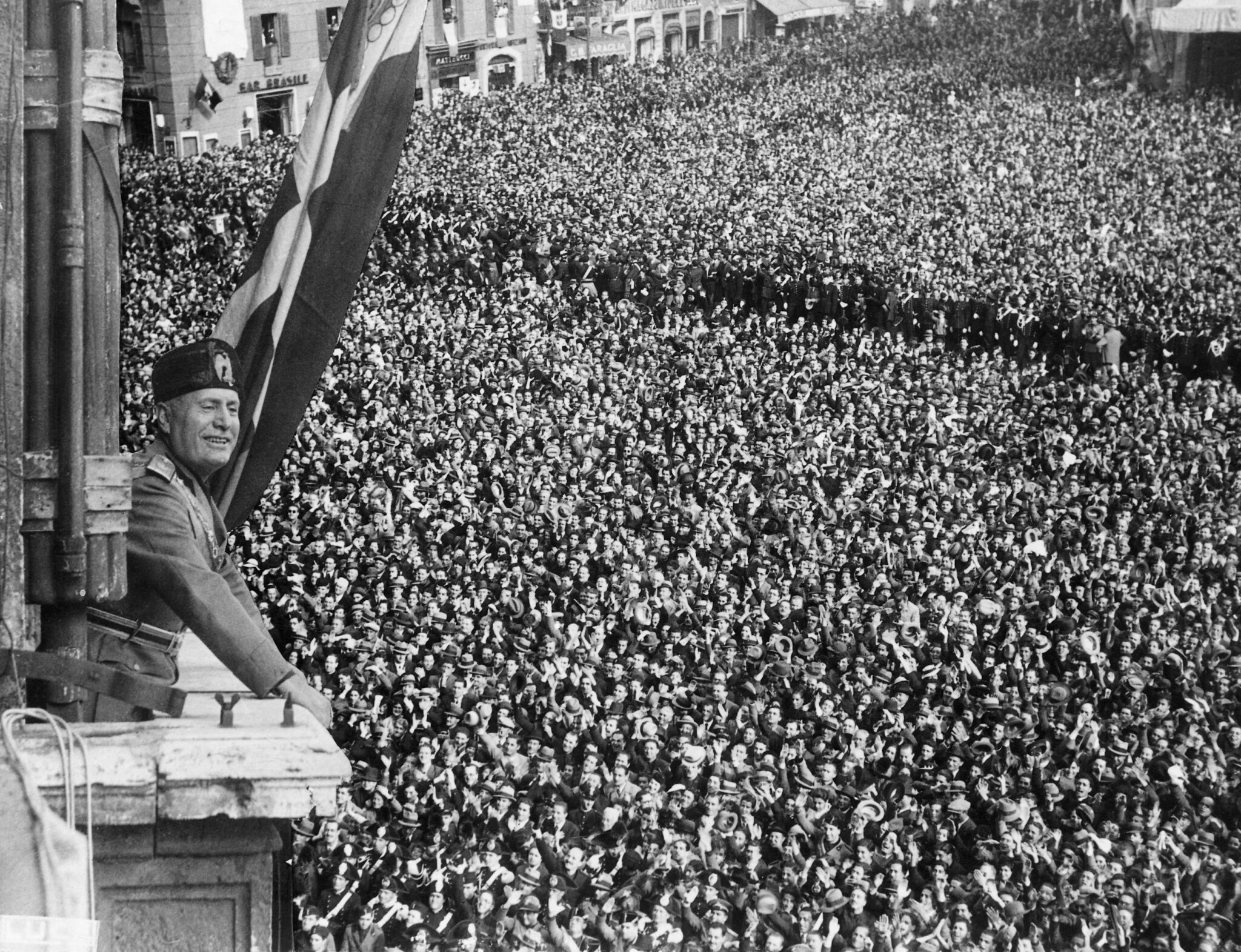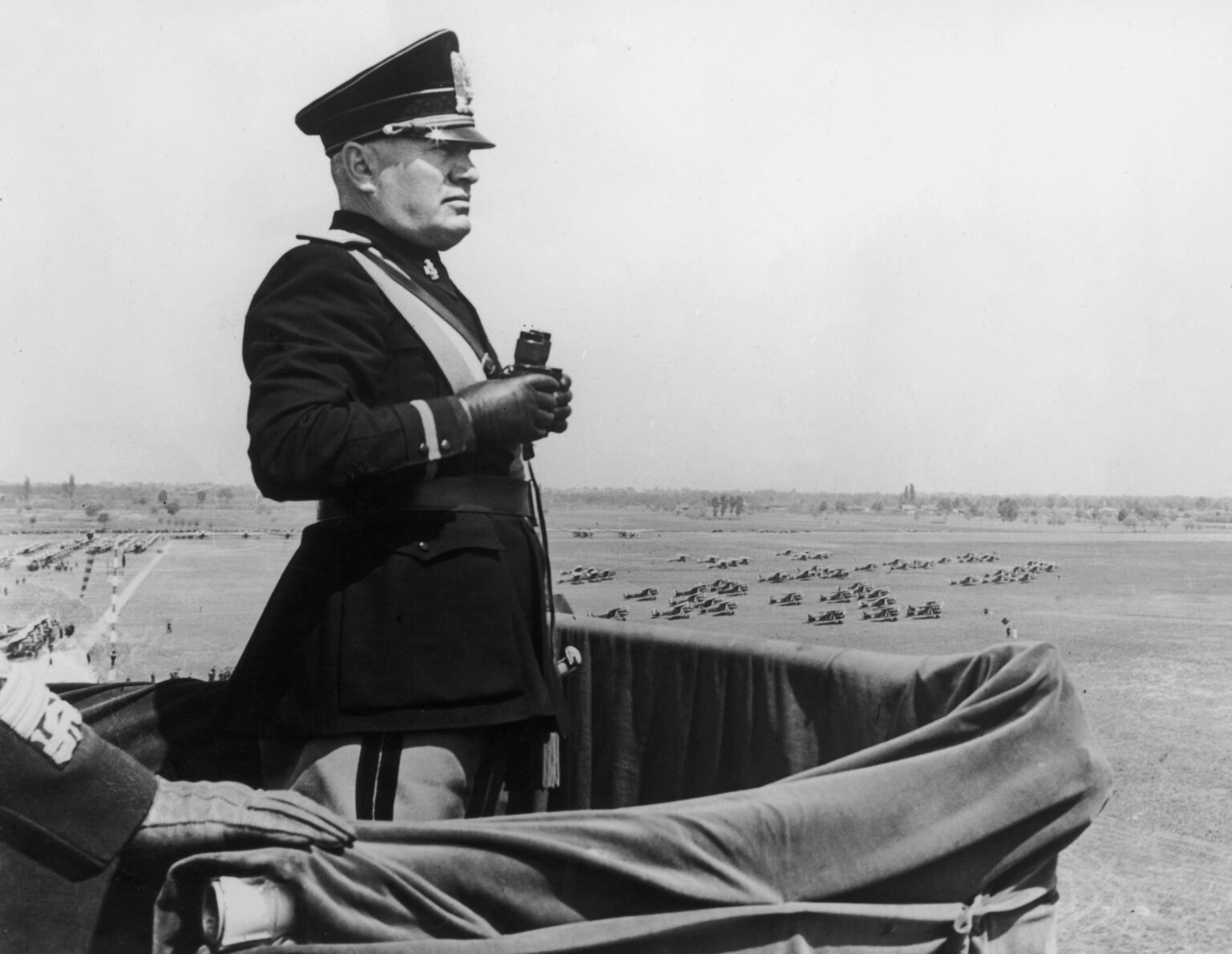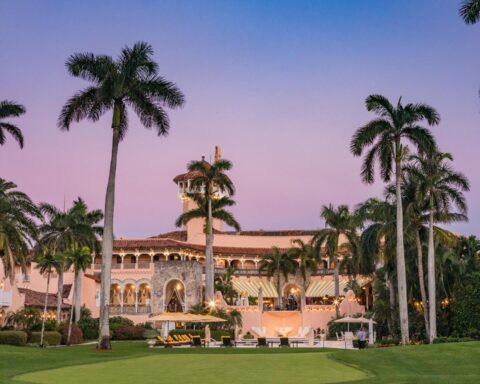The regime of Benito Mussolini, who ruled Italy from 1922 to 1943, profoundly transformed the country’s economic landscape. Displaying a desire for national greatness and strategic independence, the man nicknamed the Duce implemented an authoritarian and highly interventionist economic policy. But behind the rhetoric of modernization and self-sufficiency, the results were mixed, even disappointing, and left Italy weakened on the eve of the Second World War.
Mussolini died 80 years ago, leaving behind an economic legacy as authoritarian as it was ambiguous…
Unsuccessful economic experiments
One of the ideological pillars of the Mussolini era was corporatism, presented as an alternative to class conflict. A former revolutionary trade unionist, Mussolini banned free trade unions in 1925, replacing them with Fascist trade unions under the authority of the National Fascist Party. The state imposed artificial cooperation between employers and employees within “guilds” that were supposed to represent the economic and social interests of the nation. In reality, these structures served above all to neutralize workers’ demands.
The Labour Charter, promulgated in 1927, laid the foundations for this system. It proclaimed that work was a social duty, and that individual rights had to take a back seat to those of the State. If the regime boasted of having pacified labor relations, it was largely by eliminating the possibility of protest. At the same time, businesses remained privately owned, but under rigid regulations that favored large firms loyal to the regime.
The Fascist campaign was seen as the core of Italian identity. In 1925, Mussolini also launched the “wheat battle”, aimed at increasing domestic cereal production and limiting imports. Although yields increased, it was at the cost of monoculture and a reduction in other agricultural products such as wine, fruit and legumes.
The regime also carried out land reclamation campaigns, notably in the Pontine marshes, which were drained and allocated to settler families. These highly staged operations had little impact on rural demographics or food security. The rural exodus continued, and land inequalities remained unchanged.
Mussolini, still determined to make Italy a great power, multiplied his fields of action and in 1926 launched the “battle of the lira”, artificially revaluing the national currency. The exchange rate was set at 90 lire to the pound, a move more symbolic than economic. Initially welcomed by the elites, this choice proved disastrous for the export industry, whose products became too expensive abroad.
The Italian economy lost competitiveness, and industrial production slowed. Companies were forced to cut wages to compensate for the loss of market share, worsening the situation for workers. The regime responded by stepping up state intervention, in a move that was to become even more pronounced with the 1929 crisis.

Autarky and a war economy : an entrenched Italy
Faced with the effects of the global crisis, Mussolini increased the number of nationalizations. Many banks and large companies, on the verge of bankruptcy, were taken over by the State, which created the IRI (Institute for Industrial Reconstruction) in 1933. This public body quickly became one of Europe’s most powerful industrial groups, controlling up to a fifth of Italian industry.
While the IRI helped stabilize the financial system and maintain employment in certain sectors, it also helped anchor the economy in a rigid state logic, with little openness to innovation. The efficiency of companies often depended on their proximity to the powers that be, and bureaucracy hampered private initiative. The economy became increasingly administered, but without any real gains in productivity.
From the mid-1930s onwards, the regime truly opted for autarky. The aim was to reduce Italy’s dependence on imports, especially of strategic raw materials. The regime developed domestic substitutes, sometimes costly and inefficient, such as the production of gasoline from coal.
Priority was given to heavy industry and armaments, to the detriment of domestic consumption. The economy gradually became a war economy, without the productive apparatus really being ready to sustain a long-term conflict. The drive for self-sufficiency extolled in Fascist propaganda failed to provide Italy with the necessary resources when it entered the Second World War.
The regime’s imperialist ambitions – in Africa, in the Balkans, then on the side of Nazi Germany – imposed a pace on the economy that it could not sustain. The cost of the wars, particularly the Ethiopian war (1935-1936) and the Spanish war (1936-1939), took a heavy toll on public finances. Debt exploded, reaching 50% of GDP in 1939, and inflation gained ground.
When France entered the war in 1940, it found itself ill-prepared for it : its industrial arsenal was inadequate, food stocks limited, and its logistical apparatus outdated. The war aggravated all existing imbalances, precipitating the country’s ruin.
As a result, Italy emerged from Fascism impoverished, disorganized, with a weakened productive apparatus and a society distrustful of the State. Post-war reconstruction was to involve a return to democracy, a market economy and openness to Europe – a clear break with the Fascist model.
Post-Mussolini reconstruction
A few days before the end of the Second World War, in April 1945, Benito Mussolini died, leaving Italy in a state of material and institutional ruin. However, thanks to a series of bold reforms, strategic investments and international aid, the country managed to rebuild itself and embark on a profound economic transformation.
In 1947, the country benefited from the Marshall Plan, which stabilized the currency, boosted industrial production and modernized infrastructure. Ironically, the Institute for Industrial Reconstruction, created under the Fascist regime, played a key role in the management and modernization of large state-owned companies, particularly in the energy, steel and transport sectors.
However, it was from 1954 onwards that Italy rose from the ashes, through a period of strong economic growth, dubbed the “economic miracle”. This phase was characterized by rapid industrialization, particularly in the north of the country, and a significant increase in exports. Sectors such as the automotive, heavy engineering, iron and steel and petrochemical industries flourished. The discovery of new energy sources, such as methane and oil in the Po Valley, fuelled this industrial expansion.
This growth was also supported by an abundant and relatively cheap labor force, making Italian products more competitive on international markets. In addition, Italy benefited from the opening up of European markets, notably with its entry into the Common Market in 1957, facilitating trade : the country was thus able to recover economically. However, this transformation was accompanied by social and regional challenges, the effects of which would be felt for several decades. Nevertheless, Italy succeeded in reinventing itself, transforming itself from a nation devastated by Mussolini’s rule to an internationally recognized economic power.
Read also > [Luxus Magazine] Italian government targets the ultra-rich
Featured photo : © Getty Images















